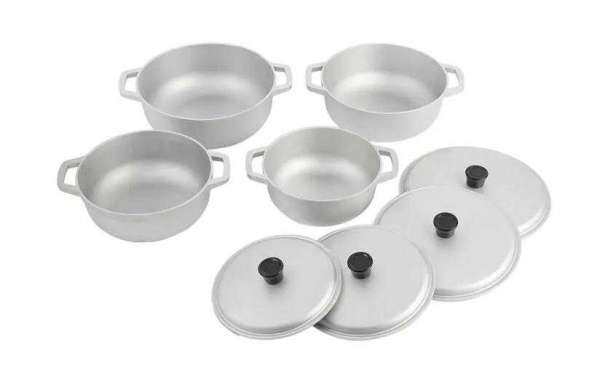In the realm of culinary pursuits, the right cookware can make all the difference between an ordinary meal and an extraordinary feast. Die-casting cookware sets, celebrated for their durability, heat conductivity, and even heat distribution, have become a staple in kitchens around the world. Behind their exceptional performance lies a key ingredient: the choice of materials.
Die-casting is a manufacturing process that involves injecting molten metal into a mold cavity under high pressure. This process yields cookware with intricate designs, excellent surface finish, and consistent thickness. The choice of material in die-casting cookware sets plays a pivotal role in ensuring these pots and pans are not just functional but also long-lasting.
Aluminum: The Shining Star of Die-Casting Cookware
When it comes to die-casting cookware sets, aluminum reigns supreme as the preferred material. This versatile metal offers a plethora of benefits that make it an ideal choice for crafting pots and pans that cater to the needs of both professional chefs and home cooks.
1. Excellent Heat Conductivity: Elevating Cooking Precision
One of aluminum's standout qualities is its exceptional heat conductivity. It responds quickly to changes in heat, allowing for precise control over cooking temperatures. This property is essential for achieving perfectly seared meats, evenly cooked vegetables and delicate sauces without the risk of hotspots.










